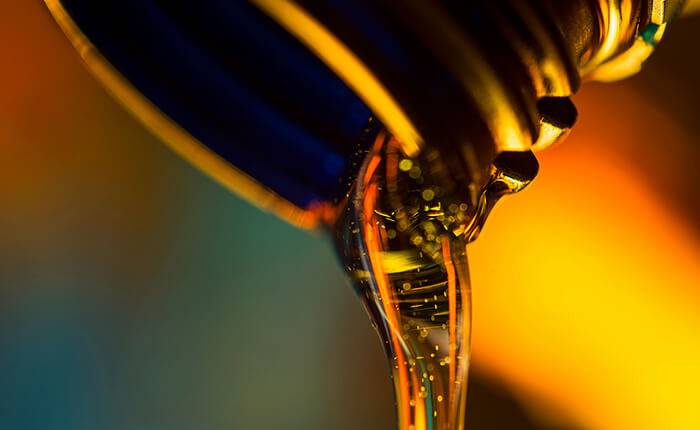Nov . 23, 2024 19:03 Back to list
ppr hot water pipe
Understanding PPR Hot Water Pipes Advantages and Applications
PPR (Polypropylene Random Copolymer) pipes have gained significant popularity in the plumbing and construction industries due to their impressive properties, particularly for hot water applications. As the demand for efficient and durable piping solutions increases, PPR hot water pipes stand out for their versatility and reliability.
What are PPR Pipes?
PPR pipes are made from a thermoplastic polymer known for its superior strength, corrosion resistance, and lightweight nature. These pipes are produced through a process that allows for a random arrangement of polymer molecules, resulting in a product that boasts excellent flexibility and chemical resistance. They come in a variety of sizes and can be easily joined using a heat fusion method, creating seamless connections that enhance their performance.
Advantages of PPR Hot Water Pipes
1. Temperature Resistance One of the standout features of PPR pipes is their ability to withstand high temperatures, making them ideal for hot water systems. They can typically handle temperatures up to 95°C (203°F) without compromising structural integrity, offering a reliable solution for residential and commercial hot water supply.
2. Durability and Longevity PPR pipes are known for their longevity, often exceeding 50 years of service life. Their resistance to corrosion, scaling, and deposits means that they require minimal maintenance over time, resulting in cost savings for homeowners and businesses.
3. Environmentally Friendly PPR is a fully recyclable material, making it an environmentally conscious choice. Additionally, the production of PPR pipes involves less energy consumption compared to traditional piping materials, further reducing their carbon footprint.
ppr hot water pipe

4. Lightweight and Easy Installation The lightweight nature of PPR pipes simplifies transportation and handling. They are easy to install, which can significantly reduce labor costs and installation time. The heat fusion welding technique used to join PPR pipes eliminates the need for additional fittings, streamlining the installation process.
5. Low Thermal Conductivity PPR pipes have lower thermal conductivity, which means they retain heat better than metal pipes. This characteristic helps in reducing energy costs associated with heating water, enhancing overall efficiency.
Applications of PPR Hot Water Pipes
PPR hot water pipes are widely used in various applications, including
- Residential Plumbing They are commonly used for hot and cold water supply systems in homes, providing a safe and efficient means of transporting water. - Commercial Buildings In commercial settings, PPR pipes prove their worth by supporting complex plumbing systems, including heating installations and cooling systems. - Industrial Applications The chemical resistance of PPR makes it suitable for various industrial applications, where it can transport hot water and other fluids without risk of degradation.
Conclusion
In summary, PPR hot water pipes offer an array of benefits that make them an excellent choice for both residential and commercial plumbing needs. Their high-temperature resistance, durability, and eco-friendly nature distinguish them from traditional materials. As the construction industry continues to evolve, PPR pipes stand poised to play a crucial role in future plumbing solutions, making them a smart investment for any project.
-
Durable PP Rigid Sheet: Lightweight, Chemical Resistant Solutions
NewsAug.21,2025
-
PVC Grey Sheet for Extraction: Chemical Resistant & Durable
NewsAug.19,2025
-
Durable PVC Pipe Fittings for Plumbing & Irrigation Needs
NewsAug.18,2025
-
HDPE Steel Belt Reinforced Spiral Corrugated Pipe | High Strength
NewsAug.17,2025
-
HDPE Pipe Fittings: Durable, Leak-Proof Solutions
NewsAug.16,2025
-
Premium CPVC Sheet: High-Temp & Chemical Resistant Solutions
NewsAug.15,2025

